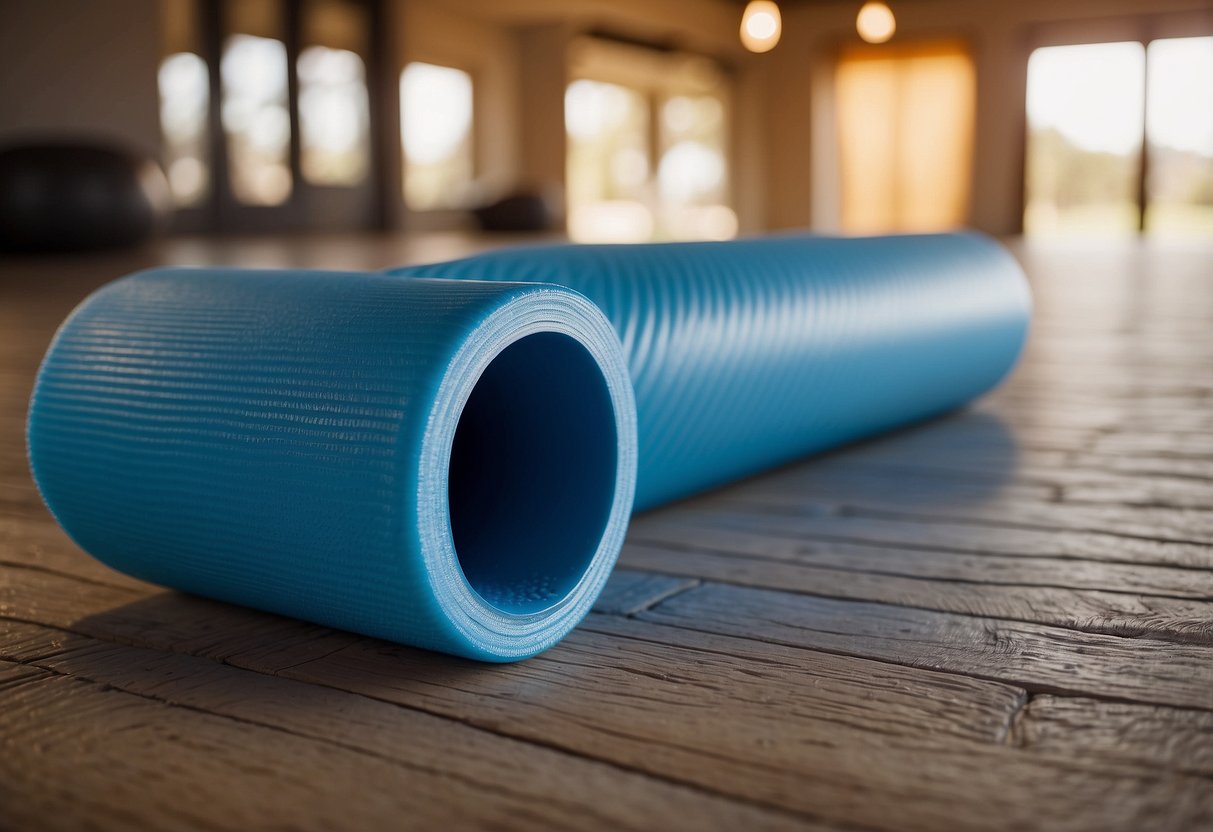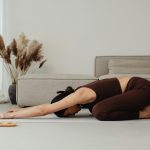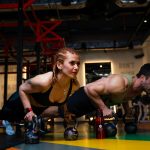Post-Workout Recovery: DIY Techniques for Quick Muscle Relief
Active Recovery Techniques
Active recovery helps reduce muscle soreness and improve circulation. Key techniques include low-intensity cardio exercises and stretching activities that enhance mobility.
Low-Intensity Cardio
Low-intensity cardio exercises, such as walking or cycling at a gentle pace, can promote blood flow to sore muscles. Increased circulation aids in clearing out lactic acid and other metabolic byproducts that accumulate during intense workouts.
This type of activity should keep the heart rate at around 50-60% of its maximum. Maintaining a relaxed and steady pace ensures that muscles receive optimal oxygen without further strain. Light cardio sessions lasting 20-30 minutes can effectively contribute to muscle recovery.
Stretching and Mobility Work
Stretching and mobility exercises are crucial for maintaining muscle flexibility and joint health. Post-workout stretches help lengthen muscles that may have tightened during exercise, easing tension and reducing the risk of injuries.
Dynamic stretches before a workout and static stretches afterward provide comprehensive benefits. Incorporating mobility drills, like foam rolling or using a massage ball, can alleviate knots and tight spots in the muscles. Performing these exercises regularly can enhance overall muscle function and flexibility.
Self-Myofascial Release

Self-myofascial release is an effective way to alleviate muscle tightness and improve recovery after workouts. This technique primarily involves tools like foam rollers and massage balls.
Foam Rolling Procedures
Foam rolling helps release muscle knots and improve flexibility. Start by choosing a high-density foam roller. Begin with the calves, rolling slowly from the ankle to just below the knee. Apply gentle pressure, pausing on any tender spots.
Next, move to the hamstrings. Sit on the floor with the foam roller under your thighs. Roll from just above the knees to the glutes. For the quadriceps, lie face down with the roller under your thighs, just below the hips to the knees.
Finally, target the upper back. Sit with the foam roller at your mid-back and knees bent. Cross your arms over your chest and roll from mid-back to shoulders. Repeat these procedures using slow, controlled movements for 1–2 minutes per area.
Using Massage Balls
Massage balls can target smaller muscle groups and specific tight spots. For the feet, place the massage ball under the arch. Roll from the heel to the toes, applying light to moderate pressure.
To address calf tightness, sit with legs extended and the ball under the calf muscle. Roll over the muscle, pausing on tender spots. For shoulder tension, place the ball between your upper back and a wall. Lean against the wall, rolling the ball over tight areas.
Use caution and adjust pressure as needed, especially on sensitive areas. Massage balls are excellent for detailed work that foam rollers may not reach efficiently.



